Review of the best according to the editorial board. On the selection criteria. This material is subjective and does not constitute advertising and does not serve as a purchase guide. Before buying, you need to consult with a specialist.
It is difficult to imagine the normal existence of large cities in the world without such a convenient and fast transport system as the subway. The need to relieve busy streets has been brewing since the beginning of the 19th century, and finally, the idea of underground transport was first realized in 1863. The first metro line was built in London; its total length was initially only 6 kilometers. After that, the metro began to develop at a rapid pace, becoming more and more relevant due to the growing popularity and availability of tourism. Today, after a century and a half, there are about two hundred underground transport systems in the world that allow you to quickly and inexpensively move to any area of the city. Some of them are truly large-scale, with a huge number of stations, numerous lines hundreds of kilometers long and serving billions of passengers annually. Below are the ten largest metros in the world.
Rating of the largest metro in the world
| Nomination | a place | Metro | Length | Annual passenger traffic |
| RATING OF THE LARGEST SUBWAYS IN THE WORLD | 10 | Paris Metro | 220 km. | 1.5 billion people |
| 9 | METRO MEXICO | 226 KM. | 1.5 billion people | |
| 8 | Madrid Metro | 293 KM. | 560 million people | |
| 7 | METRO TOKYO | 304 KM. | 3.2 BILLION PEOPLE | |
| 6 | Seoul Subway | 394 KM. | 2.8 BILLION PEOPLE | |
| 5 | MOSCOW METRO | 397 KM. | 2.5 BILLION PEOPLE | |
| 4 | LONDON METRO | 402 KM. | 1.2 BILLION PEOPLE | |
| 3 | BEIJING METRO | 608 KM. | 3.2 BILLION PEOPLE | |
| 2 | SHANGHAI METRO | 676 KM. | 3.4 BILLION PEOPLE | |
| 1 | New york subway | 1370 KM. | 1.7 BILLION PEOPLE |
Paris Metro
Rating: 4.1
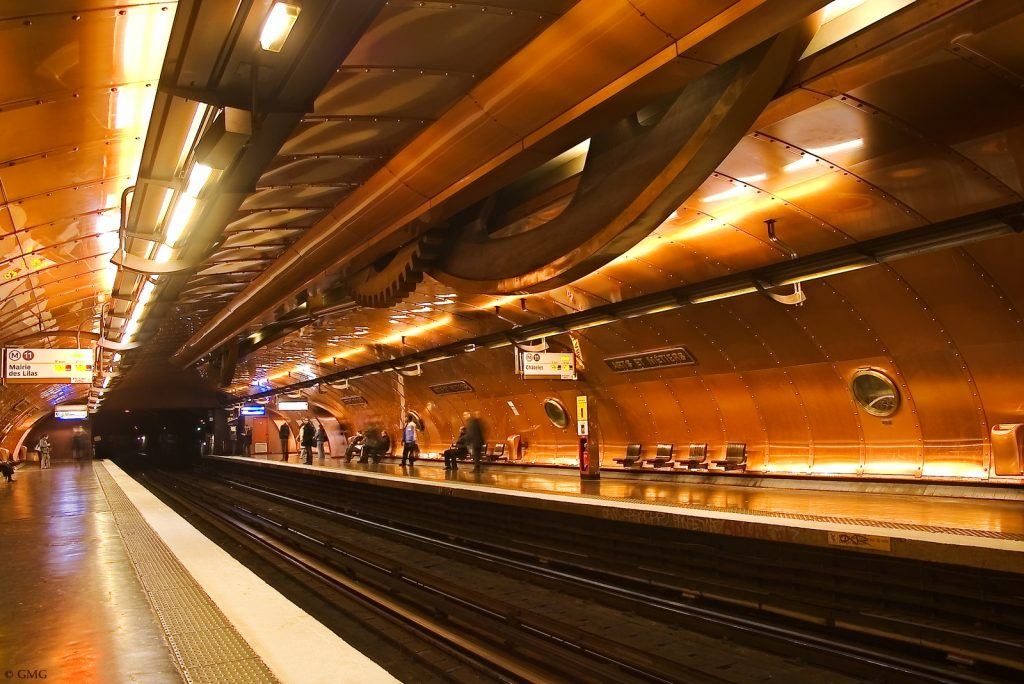
The underground transport system in Paris has existed since 1900, it was originally called the “metropolitan railway”. Gradually, it changed to the designation of the metro, which eventually took root in many other countries. The Paris metro network not only covers the French capital itself, but also extends to the surrounding suburbs. It consists of 16 branches with a total length of 220 kilometers and has 303 stations. The annual passenger traffic is approximately 1.5 billion people. The busiest line is line 1, it carries over 160 million passengers a year.
The Paris Metro is characterized by cleanliness, neat architecture and a high level of automation. One of the stations, Madeleine, boasts a special design with stained glass windows. It is also interesting that some stations bear Russian names inherited from the hero cities of the Soviet Union: “Stalingrad”, “Sevastopol” and others.
Mexico City Metro
Rating: 4.2
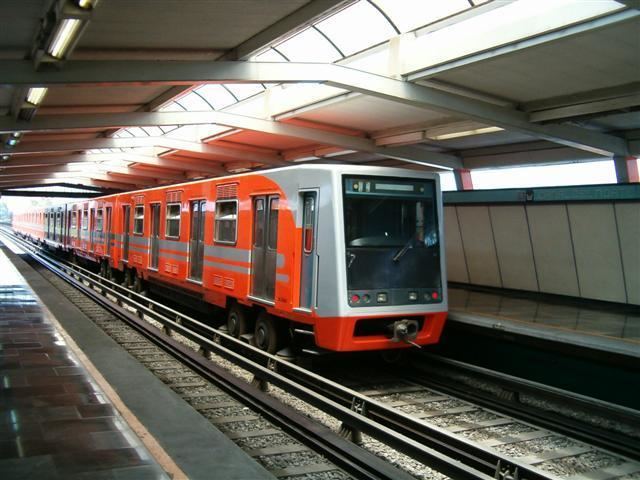
The Mexico City metro system has 12 branches with a total length of 226 km and 195 stations, of which 55 are ground-based and 25 are located above the ground. This unusual structure is due to the location of the city in a mountainous area. It is the largest metro in South America, with more than 1.5 billion visitors a year.
For the first time, the Mexico City metro began its work in 1969, then it had only a few stations. It has a neat design and works flawlessly, but does not always cope with the huge flow of passengers, as a result of which police officers have to be on duty at the stations to help people squeeze into crowded cars. During peak periods, the first three carriages of the train are reserved exclusively for women and children. Another curious feature of the Mexico City subway is the duplication of station names and other information signs with pictures. This is done for the reason that among the passengers there are quite a large number of people who cannot read.
In 1967, during the construction of the subway, the remains of an ancient Aztec temple dedicated to the god Eacatl were accidentally discovered, they are still on display at the Pinot Suarez station.
Madrid Metro
Rating: 4.3
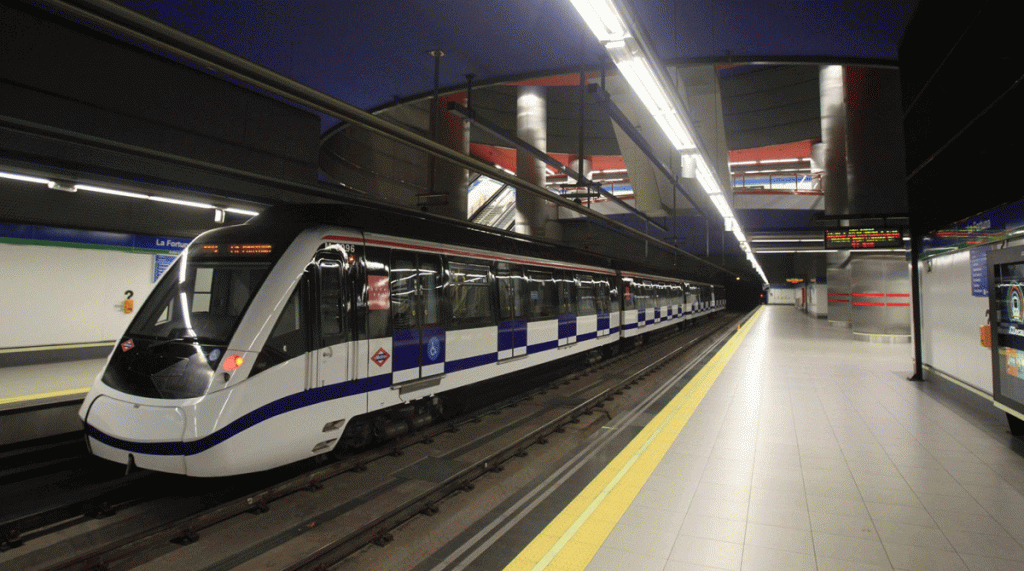
The underground public transport network in the capital of Spain has been operating since 1919, it has a length of 293 kilometers, and consists of 13 lines, on which there are 289 stations. Just like in the Moscow and Beijing metros, there are circular lines here. 560 million people use the services of the Madrid metro annually.
The capital of Spain holds the record for the number of escalators – there are 1,698 escalators and 522 elevators in the subway.
One of the metro stations, “Chamberi”, is a kind of museum; the locals called it a ghost. This station was closed in 1966 as unnecessary, but today it attracts tourists who want to plunge into the atmosphere of the subway of the mid-20th century.
Tokyo subway
Rating: 4.4
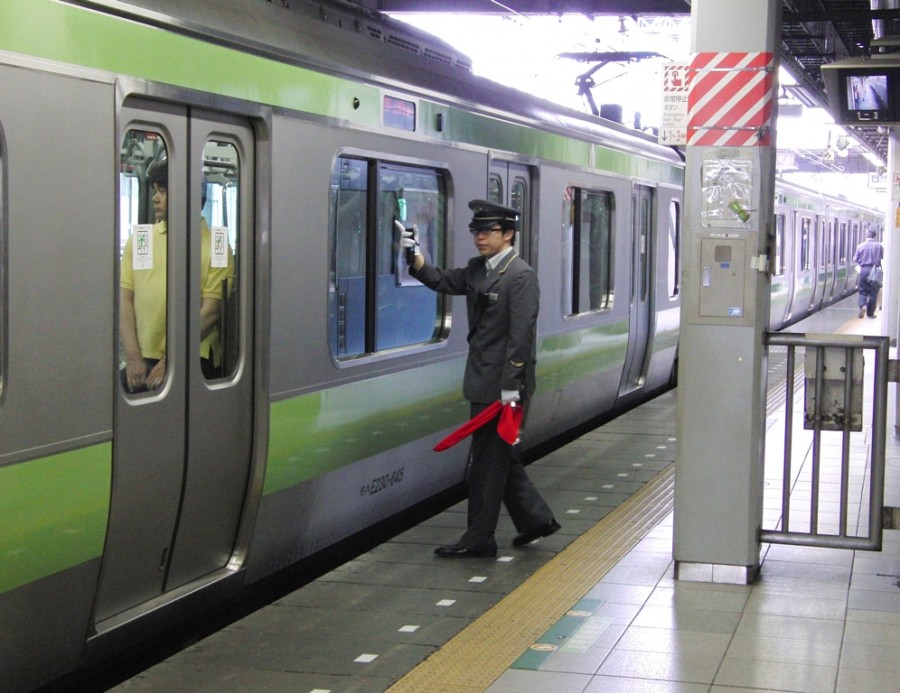
The capital of the Land of the Rising Sun has a 304 kilometer subway, which includes 13 lines with 285 stations. It is noteworthy that more than half of the stations are managed by a private company, but this practically does not affect the difference in ticket prices. The Japanese themselves call the subway system “To: kyo: Chikatetsu”. The subway cars are comfortable, they even have heated seats.
For the first time, the Tokyo subway began its work in 1927, then it was the only branch with only two stations. Today, its annual passenger turnover is more than three billion people. One of the busiest stations is Shinjuku, with up to three million passengers passing through it daily.
The subway of the Japanese capital has an interesting distinctive feature that made it famous all over the world – a special position called “osiya” was invented here. The job of these workers is to push passengers into overcrowded carriages during rush hour and to keep an eye on their luggage, which often ends up between closing doors.
Seoul Subway
Rating: 4.5
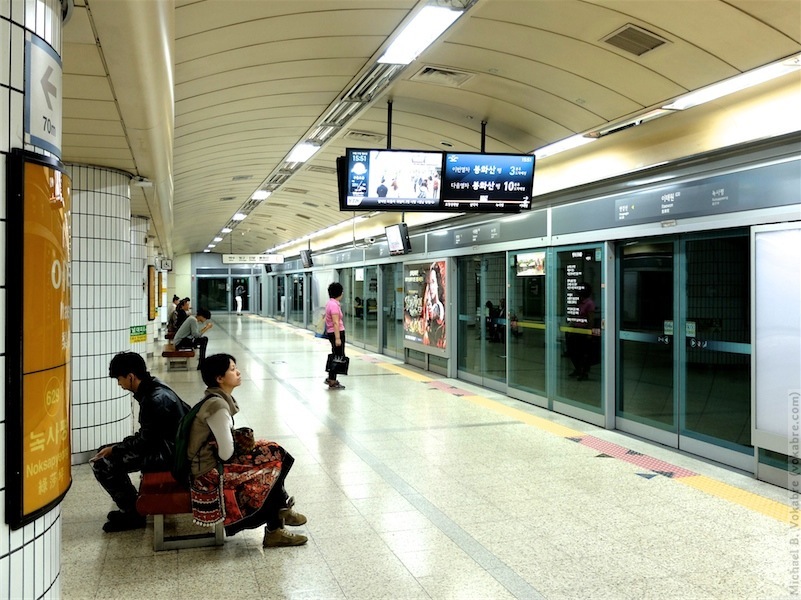
The subway of the South Korean capital is characterized by modernity, automation and a high level of comfort. It includes 436 stations (all exclusively underground) and 18 lines with a total length of 394 kilometers. Seoul metro has an annual passenger traffic of 2.8 billion.
The metro was commissioned in 1974. It is interesting that it is not serviced by the state, but by three private companies that are actively promoting the improvement and expansion of this public transport, as well as the introduction of new technologies. For example, for quite a long time, almost all stations have provided free access to wireless Internet.
Seoul has the longest subway line in the world – line 5, which is 52 kilometers long.
Moscow Metro
Rating: 4.6

The Moscow metro consists of 230 operating stations and 15 lines with a total length of 397 kilometers. It covers not only the capital itself, but even part of the Moscow region. The passenger traffic of the Moscow metro is approximately 2.5 billion people a year. The location of the stations varies over a very wide range, so the Pechatniki stop is deepened by only 5 meters, and the Pobedy Park station is at a depth of 84 meters.
The Moscow Metro opened in 1935 and became the first underground transport in the Soviet Union. The first line included 13 stations with 12 trains running. The discovery could have happened much earlier, if not for the turbulent events in Russian history that marked the beginning of the 20th century. Currently, the metro continues to expand, according to the plans of the government of the capital, by 2023 another 55 new stations will open.
The main feature of the Moscow subway is its design, which is considered one of the best in the whole world. The stations are decorated with exquisite stucco moldings, luxurious chandeliers, imposing columns, and paintings on the walls. Almost each of them is a work of architectural art, it is not for nothing that the inhabitants of Russia and even tourists from other countries call them “underground palaces”
London Underground
Rating: 4.7
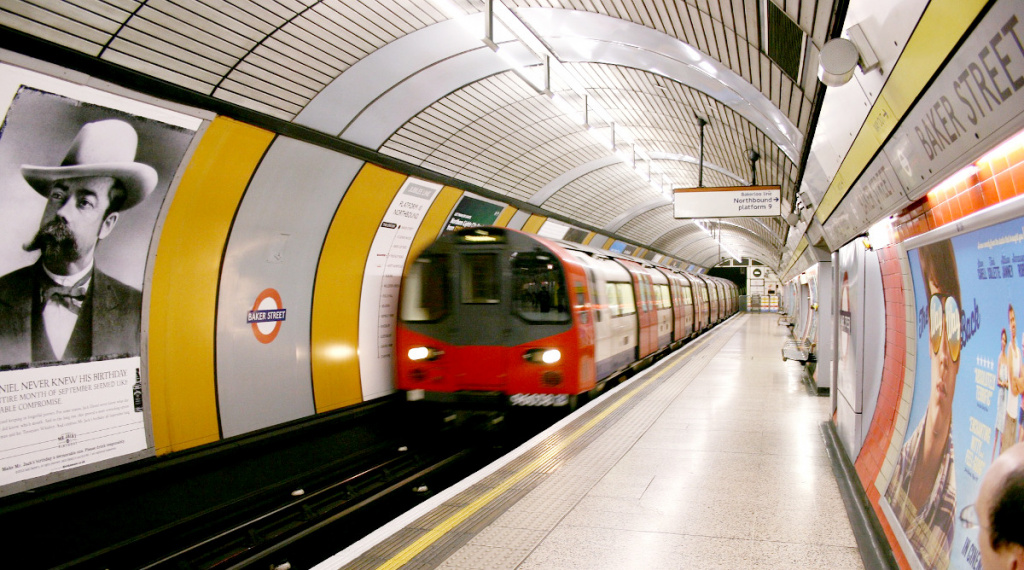
The oldest metro system in the world has 270 stations and 11 lines stretching 402 kilometers. The London Underground handles up to 1.2 billion people annually. By the way, the British themselves usually do not use the word “metro”, it is generally accepted to call the subway Underground or Tube (the latter comes from the shape of the tunnels, resembling pipes). But the international name originally appeared here, at a time when the Metropolitan Railway was creating the first underground transport link. This event, which took place in 1863, was made possible primarily by an engineer named Mark Brunel, who invented the mechanism for making tunnels.
Now the London Underground is considered one of the symbols of the city and attracts the attention of tourists. The cultural project “Art in the Metro”, implemented within the framework of the urban development program, is of additional interest. Thanks to him, visitors to the subway can admire the images of world painting masterpieces broadcast on billboards, as well as listen to the reading of poems and poems by famous authors.
Beijing subway
Rating: 4.8
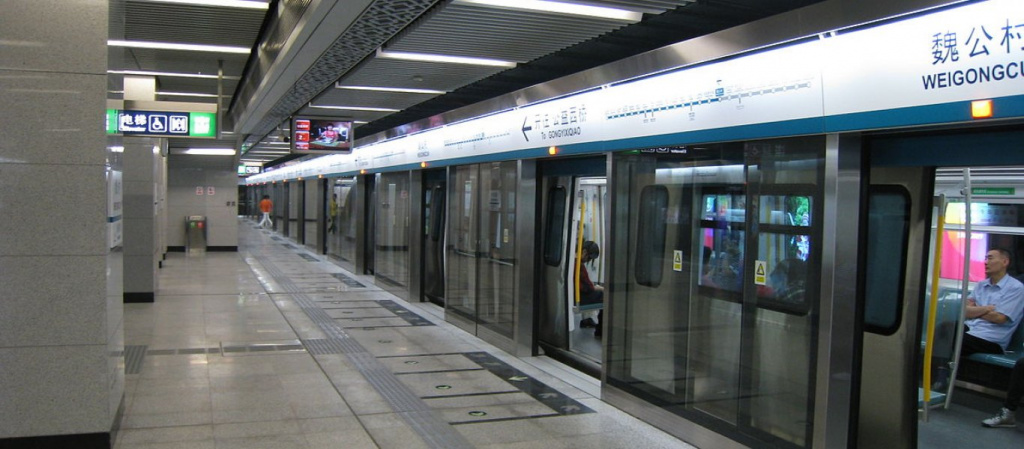
The metro of the Chinese capital is often compared to the Great Wall of China, and it is not surprising, because the total length of its 22 lines exceeds 608 km. The subway includes 370 stations and serves 3.2 billion passengers annually. It is also considered the record holder for daily passenger traffic, since it can handle up to 10 million people during peak hours. Despite this, the carriages remain overcrowded, so the Chinese authorities are planning to further expand the metro system.
The Beijing underground transport system has been in operation since 1969, and Soviet specialists took part in its construction. However, until 1976, the metro was used only for military and government needs, the entrance was closed to the ordinary population. From 1976 to 2002, it consisted of only a couple of lines, then there was a rapid development leap. At this time, the Beijing subway is considered one of the best in the world in terms of lighting and cleanliness.
Shanghai metro
Rating: 4.9
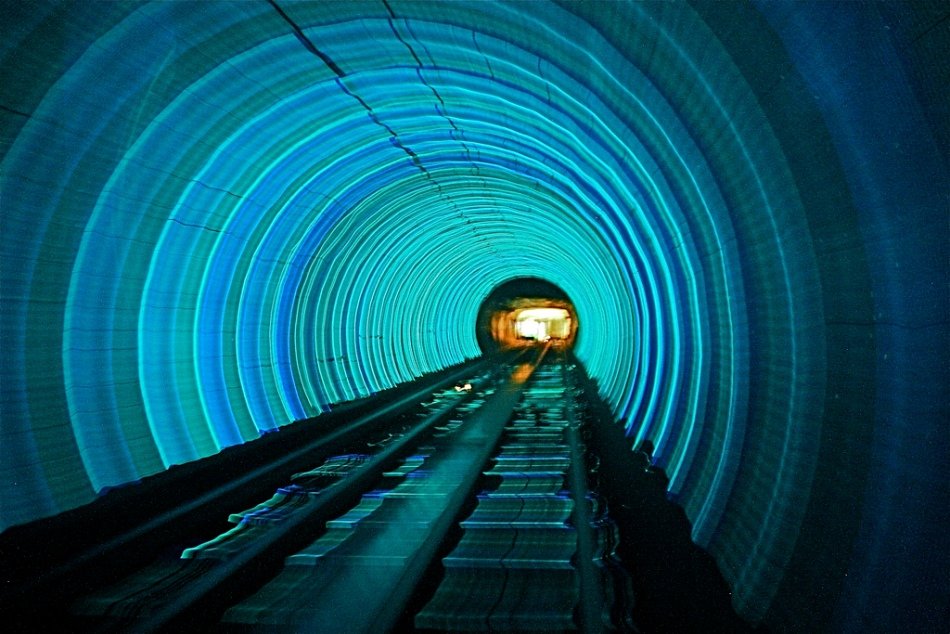
Shanghai Metro is one of the most progressive and fastest growing public transport systems. Having begun its existence only in 1993, today it already has 413 stations located on 16 branches with a total length of 676 kilometers. The metro serves 3.4 billion passengers a year.
The speed with which the Shanghai Metro was built is truly impressive. In 2007 alone, 92 kilometers of new lines were built and 70 stations opened. In the coming years, the government plans to build over a hundred more stations to combat congestion.
Although the metro is crowded during rush hours, it is always kept clean in cars and stations. Distinctive features of the Shanghai subway are the non-fixed fare (calculated depending on the distance) and the presence of a transparent wall at the new stations that separates the cars from the platform.
New york subway
Rating: 5.0
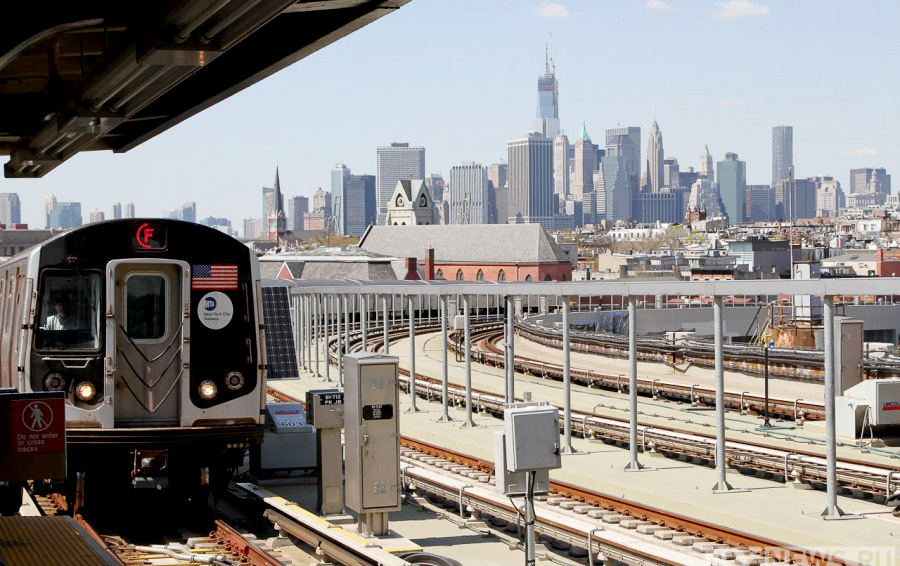
The New York City metro was launched in 1904 and at that time consisted of only one line. Today it has 472 stations and 36 lines, the length of which is 1,370 kilometers (although only 1,056 kilometers are used to transport passengers). The metro serves approximately 1.7 billion people a year, and the daily passenger traffic reaches 5.7 million.
A distinctive feature of this metro system is that approximately 40% of the stations are above ground. The highest of them is the Ninth Street platform, which is located at a height of 27 meters. But there are also deep stations, for example “191st Street” is located at a depth of about 50 meters underground.
It is quite difficult for visitors to New York to navigate the subway, since all stations bear the names of the streets under which they are located, and there are not so few streets with the same name in the city. In view of this, a line number is added to the names of the station, which only slightly facilitates the situation of those who have not yet learned how to navigate the city.
The New York Subway operates 24 hours a day, but it is not recommended to use it after midnight for safety reasons.
Attention! This rating is subjective and does not constitute an advertisement and does not serve as a purchase guide. Before buying, you need to consult with a specialist.








